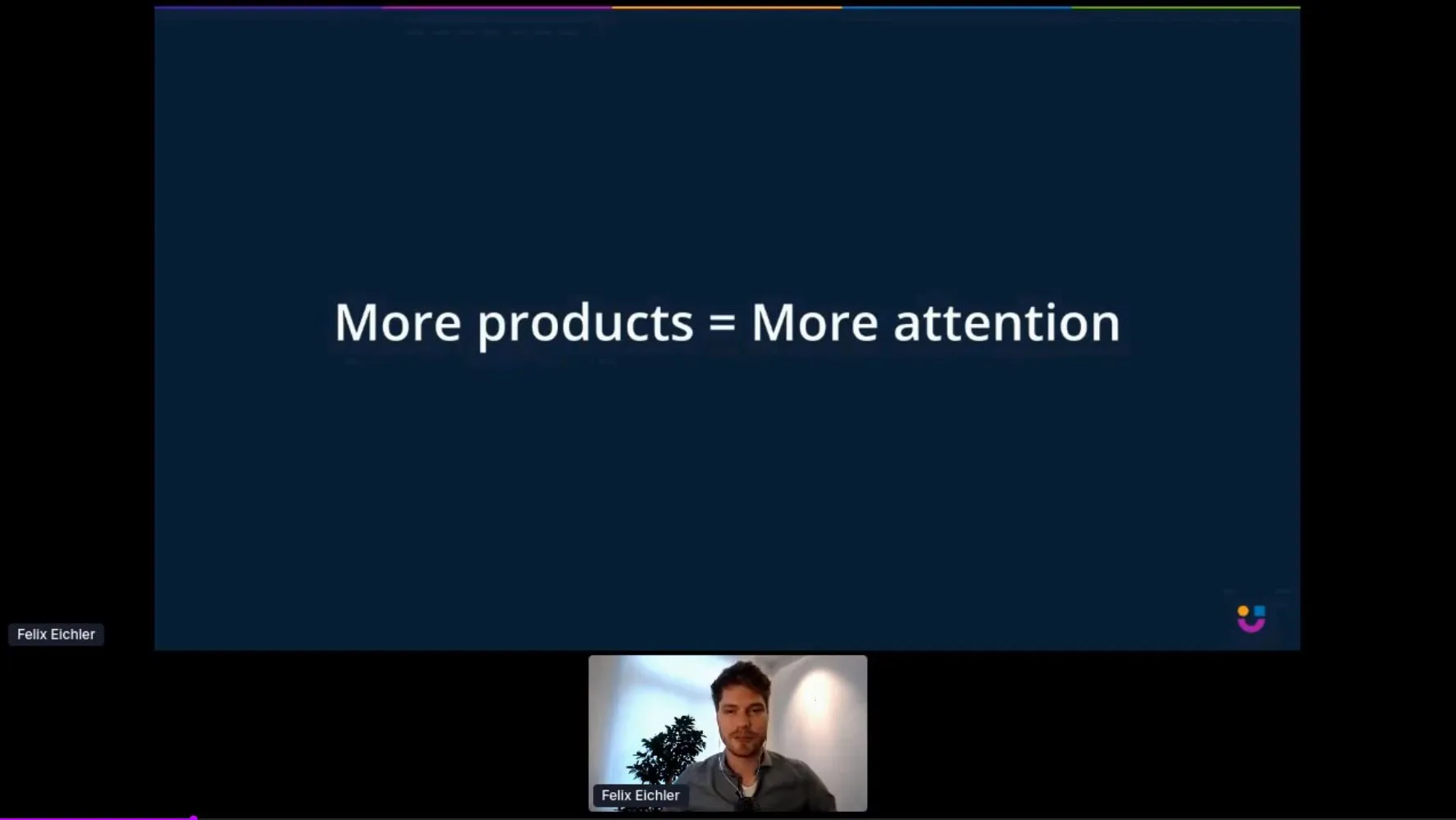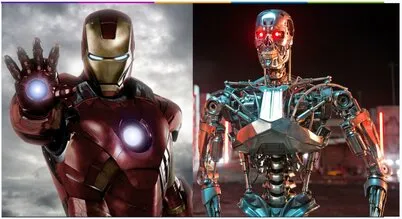Enabling Product-Led Growth

Nothing vast enters the life of mortals without a curse. — Sophocles
A pretty powerful statement, right?! This is the opening line of one of Netflix’s latest (and highly thought-provoking) docudramas called The Social Dilemma.
For those of you who haven’t watched it yet (but we recommend that you do ????), The Social Dilemma is about the (destructive) power of social media, how it consumes our daily lives, how it is used to exploit its users for financial gain through surveillance capitalism (sounds scary) and data mining, and the dangerous role it plays in spreading disinformation and conspiracy theories.
Now, you may be wondering what on this not-so-flat earth this post has to do with our blog and Userlane as a whole, but I’m getting there, I promise.
While I, Tracey, author of this blog post, would love to sit and write all day about the destructive power of social media, I can’t. But we (the Userlane team) can write about Felix Eichler’s (our co-founder and Chief Technology Officer) keynote speech he gave at this year’s PLG Disrupt, a global online conference for product and customer experience leaders. And guess what Felix’s speech was based on? Yes, you guessed it, The Social Dilemma!
So, in the following post, we summarize the key talking points of Felix’s speech, focusing particularly on human-centric design, enabling product-led growth in your company with a people-first approach, and how we have the power to change the status quo!
Quick note: In this post, we mainly focus on creating human-centric B2B/SaaS products, but the same principles can be applied to B2C products.
Table of Contents
It’s Not Just About Business Value
In the first part of his speech, Felix spoke about business value versus human value.
If you’re a product leader, one of the classic metrics you’ll be concerned about is business value and the idea of getting the proverbial “biggest bang for the buck.” Of course you want to create a powerful product that solves problems and generates good revenue, and you may think that the only way to achieve this is to create more features and embark on more projects. This isn’t necessarily a bad thing: As a product manager in the B2B sector, you’ve identified a user pain point and you want to solve that with your product.
But, when it really comes down to it, how much thought do you truly put into the people who’ll be working constantly with your product?
In the ever-rapidly-growing SaaS industry, apps are popping up on the market all the time, and oftentimes, these apps are trying to solve the same problem as you. As a result, you’re driven to trying to differentiate your product by adding more features, growing your user base, and offering them more and more. Sound good? Well, here’s the catch …
If you keep offering your users more and more, they’ll eventually start to grow tired. Tired of using more apps. Tired of a constant barrage of notifications. Tired of the overwhelming abundance of choice offered to them every day.
There’s even a name for this, and it’s called app fatigue.
From a consumer perspective, there are just too many apps. New apps, by and large, are not providing nearly enough value for consumers to come back, and most simply replicate existing experiences with a story of a better design. Apps are not an order of magnitude better than their predecessor; thus, adoption drops off as quickly as it started. — Ben Schippers, TechCrunch
When you build more and more products or features, you are demanding more attention from your users. But this doesn’t just lead to app fatigue—it leads to cognitive overload as well. This is what happens when you design products without focusing on the human. And this can be highly dangerous.

For example, in The Social Dilemma, Tristan Harris, former design ethicist at Google, talks about how he was getting burnt out (app fatigue is just as real for app designers as it is for app users) when he was working on the Gmail team. This is because he was having conversation upon conversation about what the Gmail inbox should look like, what color it should be, etc. And the one thing that struck him most was that no one was actively trying to make the inbox less addictive.
Think about messaging apps on your phone. You are drawn to the notifications you receive because everything about that notification was carefully designed by a team of people to get your attention, to make you check your WhatsApp or inbox over and over again until you’re cognitively overloaded, whether you realize it or not.
So, going back to Felix’s speech: Your product shouldn’t just be about creating business value and driving revenue. It needs to go way beyond that. Your product should be about the very people who will be working with it. Think about this hypothetical situation: If your product were to be used by nearly every single person on earth, would it change the world for the better (even in some small way), or would it ruin it?
There should always be a balance between generating business value while offering people a humane product that truly adds value to their lives in some way.
Before we move on to the next section, here’s a cool fact:
Tristan Harris is now the co-founder and president of the Center for Humane Technology. It’s mission? “To reverse ‘human downgrading’ and re-align technology with humanity.”
Next Steps: Leading With the Product With a People-First Approach
As we mentioned above, Felix’s presentation was all about enabling product-led growth in your company with a people-first approach. So this begs the question: How DO you lead with the product in your company while still ensuring that people are at the center of it?
Here’s Felix’s step-by-step advice with questions you should ask yourself at each step:
Step 1: Manage needed attention
How much attention from the user does my product need in order to do what it’s designed to do?
Step 2: Enabling effective use
Am I side-tracking my users and leading them to do other things in the product that aren’t connected to the immediate task at hand?
Step 3: Be conscious of time
How much time do my users really need to spend working in my product?
Step 4: Fewer distractions
Is my product going to be yet another feed or inbox for my user to check?

Here’s an example of how a product can work for, and care about, its people:
If you own an iPhone, you may have already noticed the new feature, Night Shift, which is designed to automatically shift the colors on your screen at night to help you sleep better. Instagram, Facebook, and YouTube, as another example, now allow you to set time limits on how long you use the app for. Once you’ve reached your limit, the respective app will notify you, which (hopefully!) encourages you to leave the app. Both these examples, although trivial, show how people are, at the very least, trying to design their products in a better, more humane way (although, let’s be real, especially in the context of this blog post, social media apps still have a LONG way to go, but at least designers are attempting to make us more aware of our addiction with these time limits. We have to start somewhere, right?).
Another interesting fact for you:
Aza Raskin, a former employee at Firefox and Mozilla Labs and co-founder of the Center for Humane Technology, highlights in the docudrama that he was so unbelievably addicted to Reddit that he had to write himself software to break his Reddit reading addiction!
The 5 Principles of People-First Products
One of our core values at Userlane is that “it’s all about people.” People are at the heart of everything we do, from our culture right through to the design of our product. We continuously strive to make our product as user-centric as possible, which results in our Digital Adoption Platform that provides both business value and human value.
Alright, enough about us! The question now is: How can you make sure that you’re building the right product that puts people first?
Here are Felix’s 5 principles for creating people-first products:
1. Use the right dose
What’s the difference between medicine and poison? It’s the dose! You know the adage: Too much of anything is a bad thing. Too many features? Building too many products? Then you’re heading down that slippery slope of app fatigue and cognitive overload.
Also, your product shouldn’t be a drug, so don’t build addictive algorithms into it! Think of how addictive social media is. That’s because everything about a social media app is deliberately designed to make you want more. Tristan Harris made an excellent point in The Social Dilemma where he said that if something is a tool, then it’ll sit there, waiting to be used patiently by you. That’s what your product should be: A valuable tool that patiently waits to be used whenever it is needed by the user.
(Quick aside: Some of the former employees interviewed for The Social Dilemma have become scared of, and even regret making, their own products because of their addictive power!)
2. Provide AHA! moments
At PLG Disrupt, we also had our Senior Business Development Manager, Maggie, and our Customer Success Manager, Maria, host a workshop on how you can create AHA! moments for your customers. They then spoke about how Userlane’s Digital Adoption Platform works and how our customers use the “just for me, just in time, just enough” concept to build real user engagement. These 4Js (there’s another one!) form an integral part of providing those AHA! moments, and because they’re so important, we’ve decided to dedicate a blog post on this topic, so keep your eye on our blog for that!
But for now, just keep in mind that you need to make sure your product provides meaningful value or benefit at specific points—allow your users to see the value of what you offer at just the right moment without overwhelming them.
3. Remember the Golden Rule
It comes back to that hypothetical question again: If everyone in the world could use your product to its fullest potential, what would that look like? Would it be a good thing? Would it be destructive?
4. Reduce the cognitive load
I’m sure you’ve been to a site where there is just SO much going on on the page that you don’t even know where to start looking for what you need. The same holds true for your product: Strive to reduce cognitive overload as much as you can by eliminating distractions and unnecessary information.
5. Always strive for simplicity
Your product needs to be accessible and delightful to use for all the right reasons! When designing your product, design it with ALL people in mind.

Solving the Dilemma: What Drives Successful Products?
If there’s one main takeaway from this post that we want you to remember, it’s that successful products are always human products. In other words, people must always be at the core of what you do because products that are centered around humans are better products.
In closing, we’ll leave you with the comparison Felix gave between the Terminator and Iron Man. Don’t build a cold, calculated product that conflicts with human interests (the Terminator). Rather be like the developers of the latest Iron Man: Iron Man is at the center of the design, and his powerful armored suit with its fancy technology is there to enable him and empower him—not replace him.

To sum it all up, your product should be fundamentally used as a force for good. Technology is advancing at a rate we cognitively can’t keep up with, so we are the ones with the power to design humane products. I’ll leave you with these powerful words from Tristan Harris:
We’ve built these things, and we have a responsibility to change it. We can demand that these products be designed humanely. The intention could be: How do we make the world better?
In Felix’s keynote, he presented our customer, Forto, and their success with Userlane. Read up on how Forto achieved their sales goals and their human goals with our DAP!

